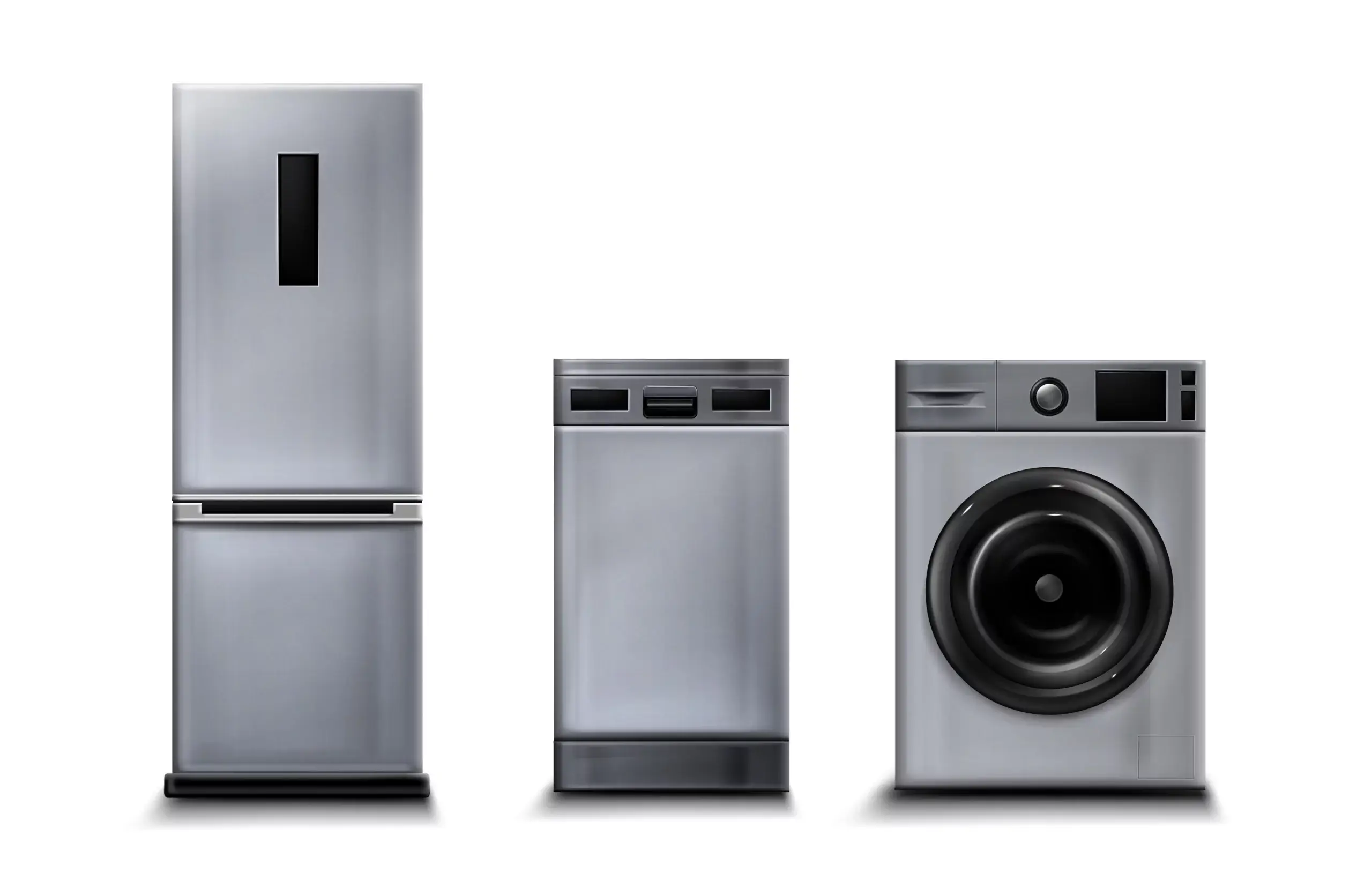
Please Wait ...

Please Wait ...
Enquiry






Curently We are Not Serviceable In this Pincode
91 Springboard, Business Hub, Godrej & Boyce, Gate No. 2, LBS Marg, Vikhroli West, Mumbai, 400079
91 Springboard, Business Hub, Godrej & Boyce, Gate No. 2, LBS Marg, Vikhroli West, Mumbai, 400079
91 Springboard, Business Hub, Godrej & Boyce, Gate No. 2, LBS Marg, Vikhroli West, Mumbai, 400079
91 Springboard, Business Hub, Godrej & Boyce, Gate No. 2, LBS Marg, Vikhroli West, Mumbai, 400079
91 Springboard, Business Hub, Godrej & Boyce, Gate No. 2, LBS Marg, Vikhroli West, Mumbai, 400079
91 Springboard, Business Hub, Godrej & Boyce, Gate No. 2, LBS Marg, Vikhroli West, Mumbai, 400079
91 Springboard, Business Hub, Godrej & Boyce, Gate No. 2, LBS Marg, Vikhroli West, Mumbai, 400079
91 Springboard, Business Hub, Godrej & Boyce, Gate No. 2, LBS Marg, Vikhroli West, Mumbai, 400079
91 Springboard, Business Hub, Godrej & Boyce, Gate No. 2, LBS Marg, Vikhroli West, Mumbai, 400079
Min
Max
₹5,000
₹45,000
Suggested Price







Blogs> A DIY Guide: How to Repair Common Home Appliances

In the realm of modern living, home appliances play an indispensable role in our daily routines, enhancing convenience and efficiency. Yet, when these appliances encounter malfunctions, it can disrupt our household operations, leading to inconvenience and potential expenses. This blog aims to equip readers with the knowledge and skills to address common appliance issues through a step-by-step guide to DIY repairs, emphasizing safety, preparedness, and effective troubleshooting. The journey to successful appliance repair begins with diagnosis and safety precautions. Readers are advised to observe the appliance’s behavior, consult user manuals for troubleshooting tips, and ensure the appliance is unplugged to mitigate the risk of electric shock. This initial step lays the foundation for an informed and safe repair process. Preparation is key, and the blog underscores the importance of gathering the necessary tools and materials before diving into repairs. From screwdrivers and pliers to multimeters and replacement parts, having the right equipment on hand ensures a smooth and efficient repair process. Additionally, the guide emphasizes the need to use tools suitable for the specific appliance being repaired, further enhancing safety and effectiveness. Research is a vital aspect of successful DIY appliance repairs, and the blog encourages readers to leverage online resources for guidance and insights. Whether through instructional videos, forums, or step-by-step guides tailored to the appliance and issue at hand, the wealth of information available online serves as a valuable resource to aid in the repair process. With tools and knowledge at hand, readers are guided through the disassembly and inspection phase. Careful dismantling of the appliance, accompanied by visual documentation through photographs, allows for a thorough examination of internal components. This step enables identification of visible damage or loose connections, laying the groundwork for targeted repairs. Repair or replacement of faulty components is the next logical step, and the blog provides guidance on executing these tasks effectively. Whether it involves soldering, rewiring, or part replacement, readers are advised to follow guides or manufacturer instructions closely to ensure accuracy and reliability in the repair process. Reassembly is a critical phase that requires attention to detail, and readers are encouraged to refer to their reference photos to ensure components are correctly placed. Once reassembly is complete, the appliance is plugged in and tested to verify if the issue has been resolved. A safety check is then conducted to confirm secure connections and proper functioning. While DIY repairs can be empowering and cost-effective, the blog emphasizes the importance of knowing one’s limitations. For complex issues or when uncertain about repair skills, seeking professional assistance is recommended to avoid exacerbating problems or compromising safety, especially with gas appliances. In conclusion, the blog instills readers with the confidence and know-how to tackle common appliance issues through DIY repairs. By following the step-by-step guide and prioritizing safety, readers can effectively troubleshoot and address malfunctions, thereby restoring functionality to their household appliances and minimizing disruptions to their daily lives.
Home appliances are essential for modern living, but when they malfunction, it can disrupt our daily routines. Knowing how to repair common appliance issues can save you time and money. In this blog, we’ll provide a step-by-step guide to help you tackle simple appliance repairs and restore functionality to your household items.
Diagnosis and Safety First
Before attempting any repair, diagnose the issue. Observe the appliance’s behavior and refer to the user manual for troubleshooting tips. Ensure the appliance is unplugged to avoid electric shock while working on it.
Gather Tools and Materials
Collect the necessary tools for the repair. Common tools might include screwdrivers, pliers, multimeter, and replacement parts if needed. Always use tools suitable for the appliance you’re repairing.
Research and Resources
Search online for guides, videos, or forums related to your specific appliance and issue. Online resources can provide valuable insights, step-by-step instructions, and visual aids.
Disassembly and Inspection
If the issue requires it, carefully open the appliance using appropriate tools. Take pictures as you disassemble for reference during reassembly. Inspect the internal components for visible damage or loose connections.
Repairs or Replacements
Repair or replace faulty components based on your diagnosis. This might involve soldering, rewiring, or swapping out parts. Follow guides or manufacturer instructions closely.
Reassembly
Carefully reassemble the appliance, following the reverse order of disassembly. Use your reference photos to ensure components are correctly placed.
Testing and Safety Check
Plug in the appliance and test it to see if the issue is resolved. Pay attention to any unusual sounds or behaviors. Perform a safety check to ensure all connections are secure and there’s no exposed wiring.
Professional Help
For complex issues, gas appliances, or if you’re unsure about your repair skills, it’s best to consult a professional technician. Attempting advanced repairs without proper knowledge can worsen the problem or pose safety risks.
Preventive Maintenance
Regularly clean and maintain your appliances to prevent issues. Follow the manufacturer’s maintenance recommendations to prolong their lifespan.
While not all appliance repairs are suitable for DIY, having the know-how to troubleshoot and fix common issues can be empowering and cost-effective. Remember that safety is paramount – always unplug appliances before working on them and exercise caution. For more complex problems or if you’re unsure, seeking professional help is the best route to ensure both safety and successful repairs.
Image by pikisuperstar on Freepik

By Digi2L - April 27, 2024

By Digi2L - April 26, 2024

By Digi2L - April 25, 2024